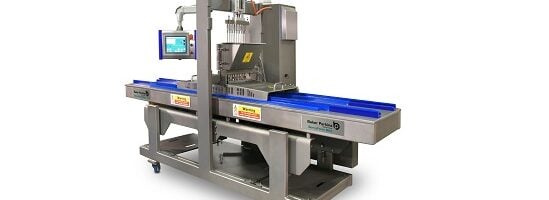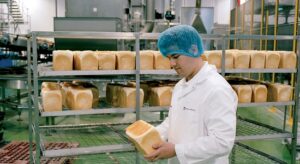
Would you deliberately throw away tonnes of good dough? A silly question, but actually you might be doing so without realising, so it is worth exploring why this might be the case.
The problem lies in the accuracy of dough dividers. Not when they are new – most high output dividers on the market boast the same SD (Standard Deviation) as our Accurist™ range of 2.5 to 3.5g on an 800g loaf.
The difficulty is that as many dividers age their standard deviation deteriorates – often very quickly – to the point where the figure is in the 5.5 to 7.5 gram range.
Sustained accuracy over many thousands of hours of operation has always been a hallmark of the Accurist2.1™; it does not suffer from the same rapid rate of increase in SD.
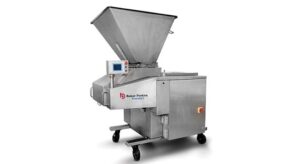
As the SD increases, so too does the difference between target and average scaling weight. What this means in practice is that the average dough piece weight produced by an Accurist2.1™ divider is less than the average from others, so giveaway is reduced.
Statistically, a higher standard deviation (i.e. wider variation) does not necessarily imply a higher average. The average of three, four and five is the same as the average of two, four and six. However, if a dough piece weight drops below a certain figure then it is rejected, so to avoid this the average has to be increased. In the example above, if the minimum allowable value is three the sequence of three, four and five is unchanged and the average is still four but the sequence of two, four and six becomes three, five and seven with an average of five.
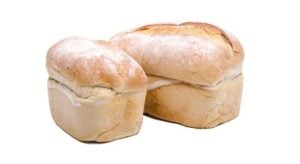
Example:
A typical target scaling weight for an 800g loaf is around 895g (to allow for weight loss in downstream processing). If the target weight on the divider were set to 895g, variation in the dough piece weights would mean that many pieces were less than this, leading to underweight pieces that may be rejected. To ensure that no piece is less than 895 grams, the target weight would be increased. The higher the standard deviation, the greater this increase would have to be and therefore the higher the average dough piece weight will be.
Consider a typical tin bread bakery producing 8,000 loaves per hour and running for 140 hours a week. If the average scaling weight increases by just 2g, that is an extra 2,240kg given away each week – more than two tonnes, or over 100 tonnes per year.
The cost of a tonne of mixed dough varies so much from bakery to bakery and country to country, that there is no typical figure – but consider how much all that dough would cost your company. The figures are so stark that it really is in every bakery’s interests to keep a very close eye on standard deviation, calculate how much any deterioration is costing you and take action as soon as it becomes financially viable.
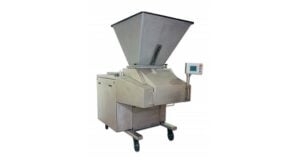
Our experienced engineers could, of course, produce the figures for you, and benchmark them against the performance of an Accurist™ divider of similar age using the data we have gathered from dividers of all ages as part of our service contract programme.
The figures will tell you when the time is right to refurbish or replace a divider and may well indicate that a new Accurist™ – with its sustained accuracy – is a more financially astute investment than refurbishing an old one.
I cannot stress too highly the significance of taking initial and anticipated Standard Deviation into account when choosing a new divider for bakery manufacturing plant. Ask all your potential suppliers for figures, and check with other bakeries if possible. Why give away tonnes of dough every week?





